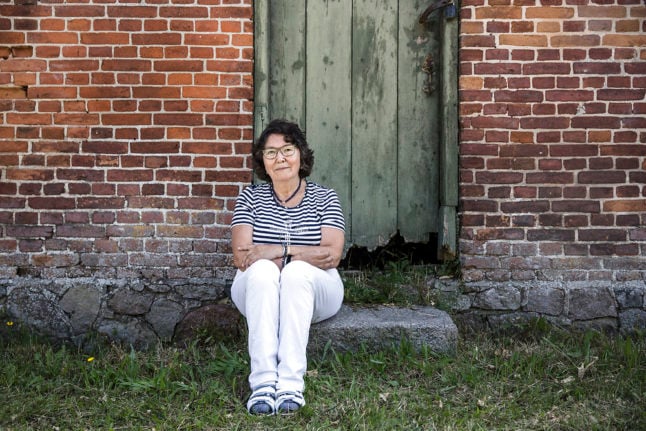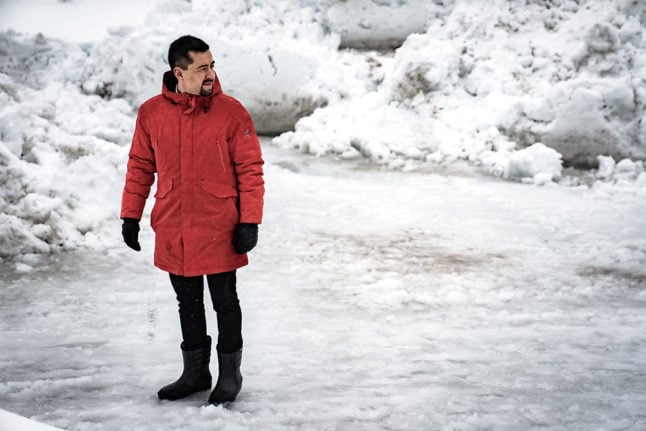In 1951, 22 children were chosen to be moved to Denmark from Greenland, which until 1953 was a Danish colony.
They were promised a better life in Denmark with the goal of them later returning to Greenland, as assimilated Danes, to form a future elite which could serve as a link between Copenhagen and Greenland's capital Nuuk.
In Denmark, the children were deprived of contact with relatives and once they returned to Greenland they were not reunited with their parents but instead put in an orphanage. Many of them would never see their families again.
“We cannot change what happened. But we can take responsibility and apologise to those we should have cared for but failed to do,” Prime Minister Mette Frederiksen said in a statement.
“I have been following the case for many years and I am still deeply touched by the human tragedies it contains,” said Frederiksen, who has sent a letter to each of the six children who are still alive.
One of them, Helene Thiesen, who was seven years old at the time she left for Denmark, said she was comforted by the apology.
“I am relieved that the apology has finally been delivered. It is really, really important. It means everything. I've been fighting for this since 1998,” she told the news agency Ritzau.
The official apology follows the publishing of a study which examined the fates of the children.
Greenland's Prime Minister Kim Kielsen was quoted in the government statement saying that he was moved as he learned of the plight of the children and reflected on how “cooperation between Denmark and Greenland has developed a lot. Today we are equals, looking back on history together”.
The massive Arctic territory of Greenland, now an autonomous territory within the kingdom of Denmark, has said that full independence is in the future, though no timetable has been set.
Greenland still relies on Denmark for state functions like maintaining the currency, foreign relations and defence policy, and separating would mean the loss of an annual subsidy of some 480 million euros or 60 percent of its budget.
READ ALSO: Glacial 1991 day in Greenland belatedly sets Arctic cold record



 Please whitelist us to continue reading.
Please whitelist us to continue reading.
Member comments